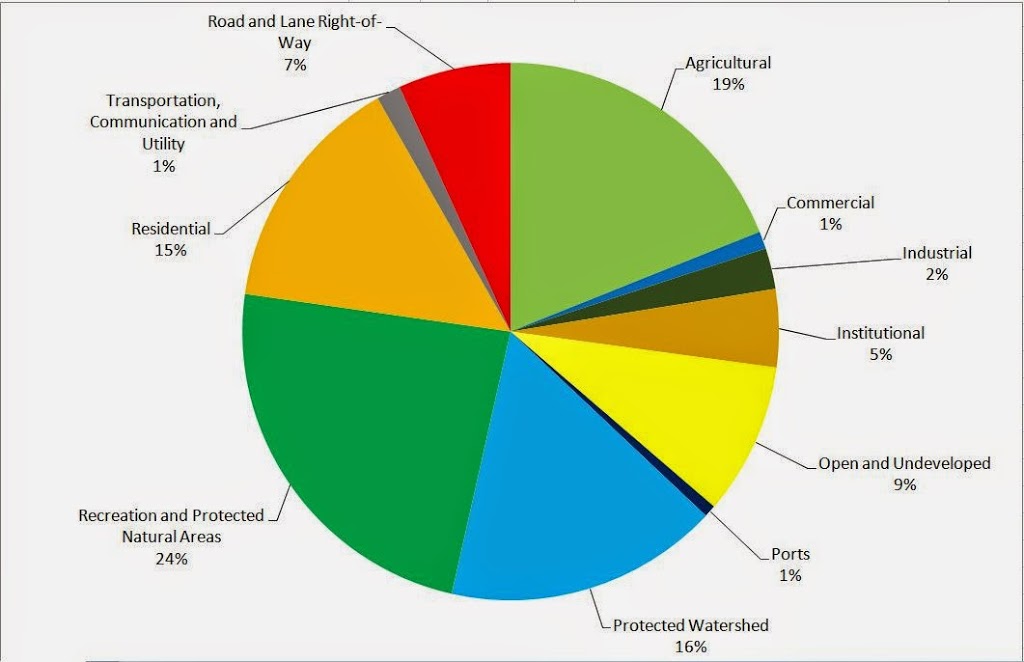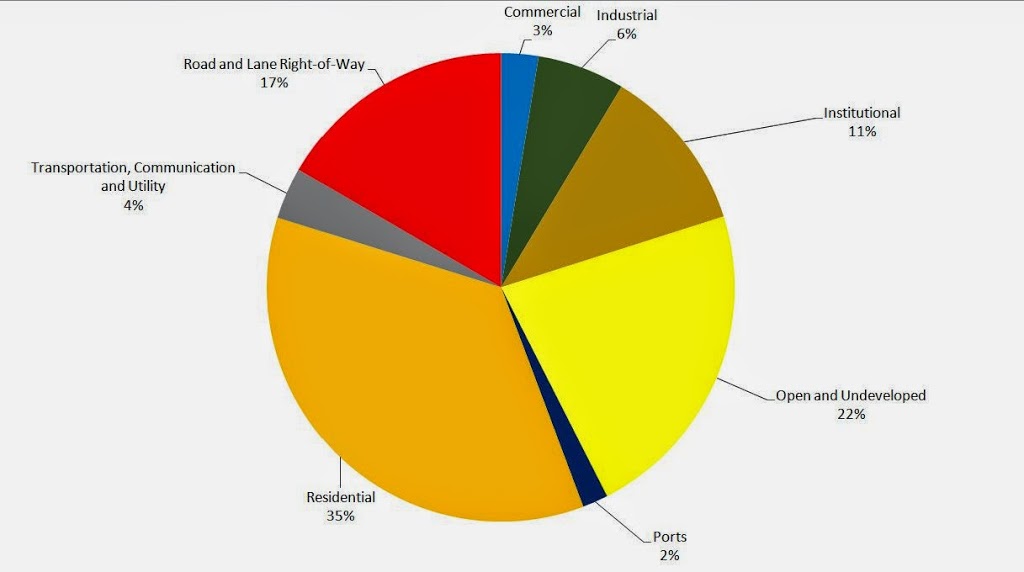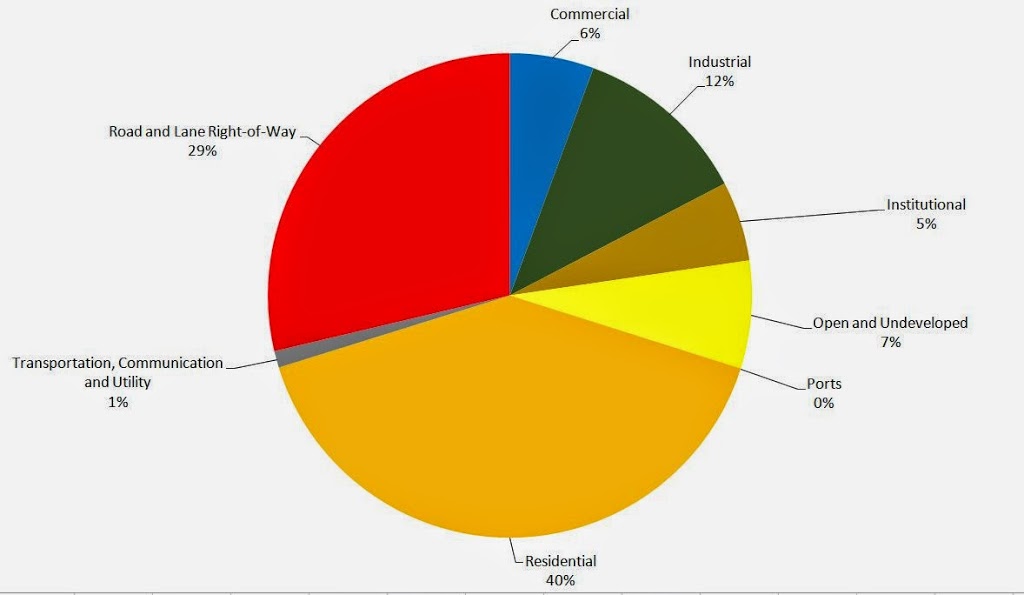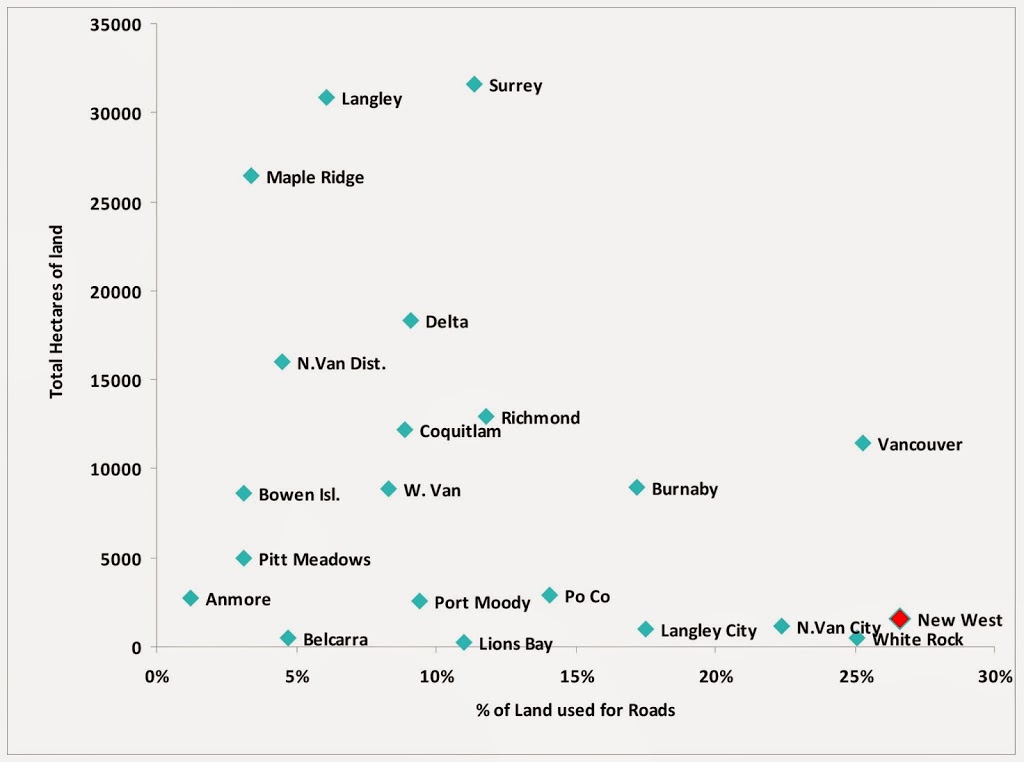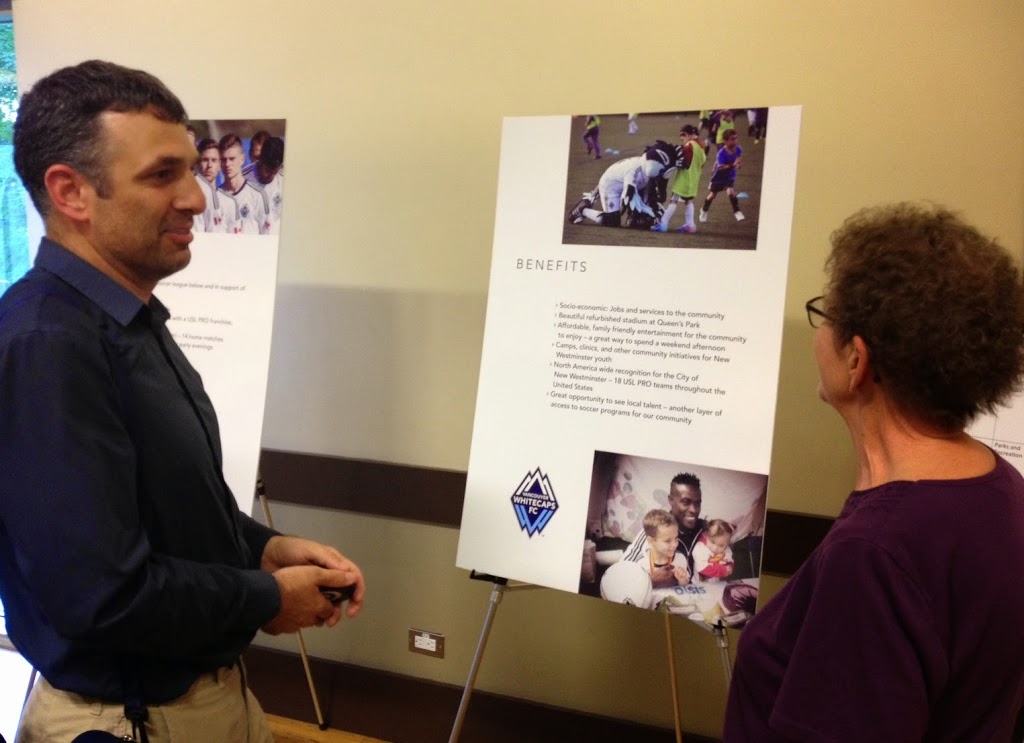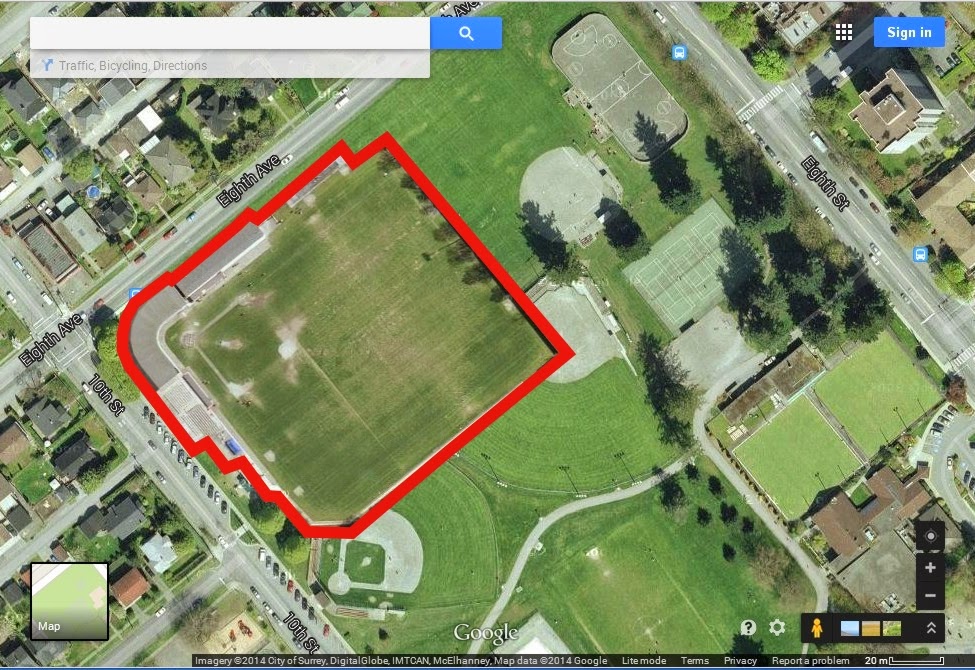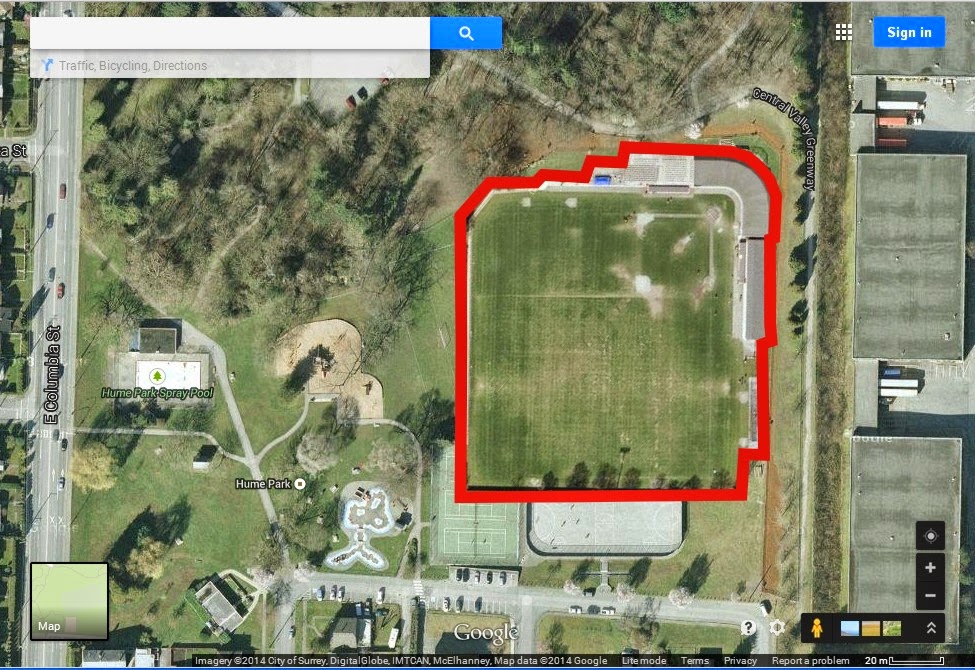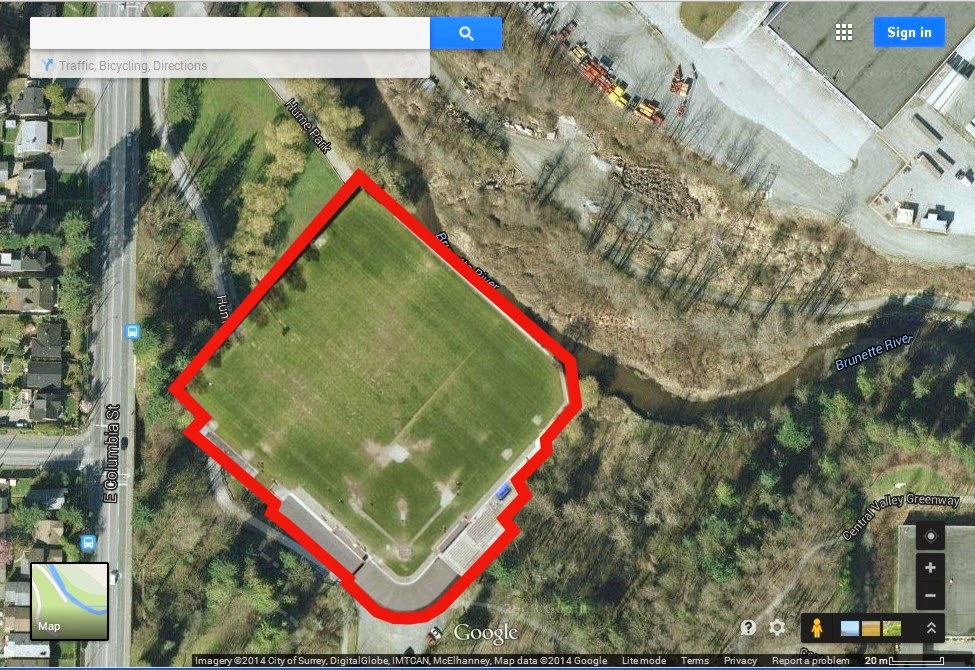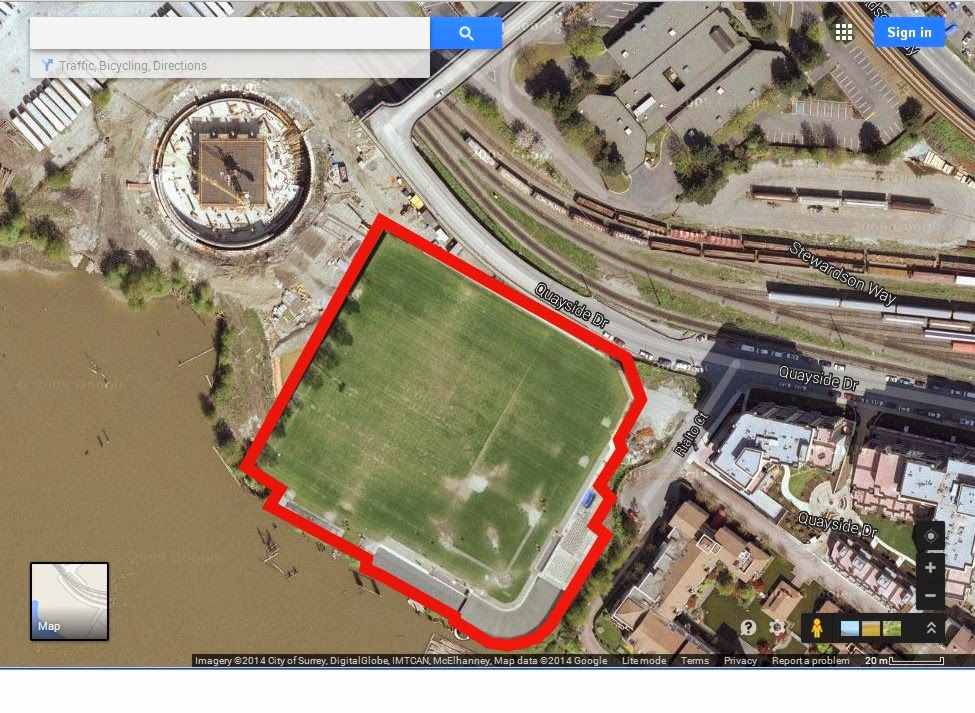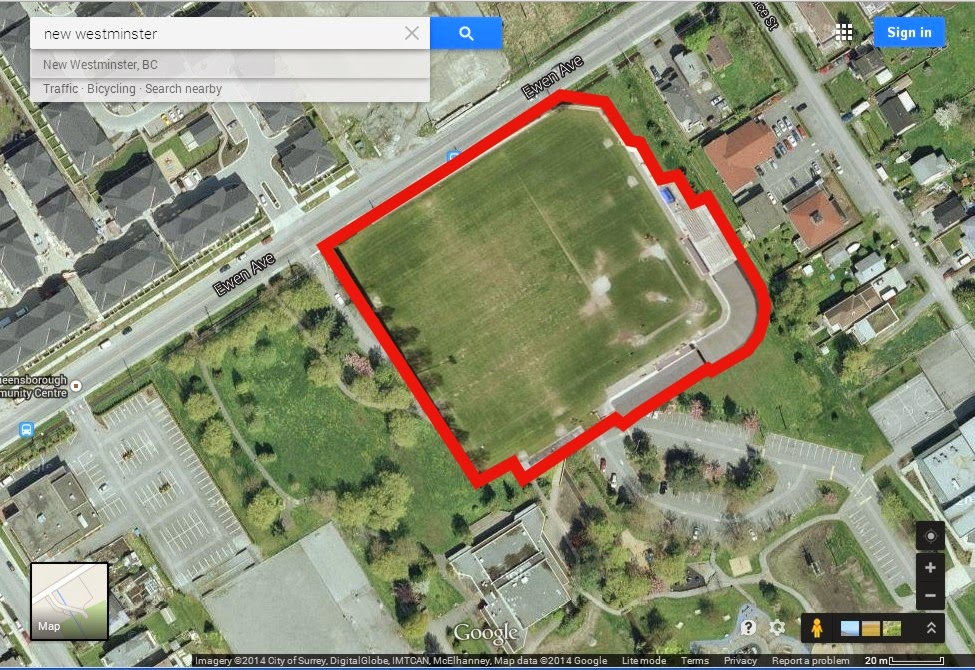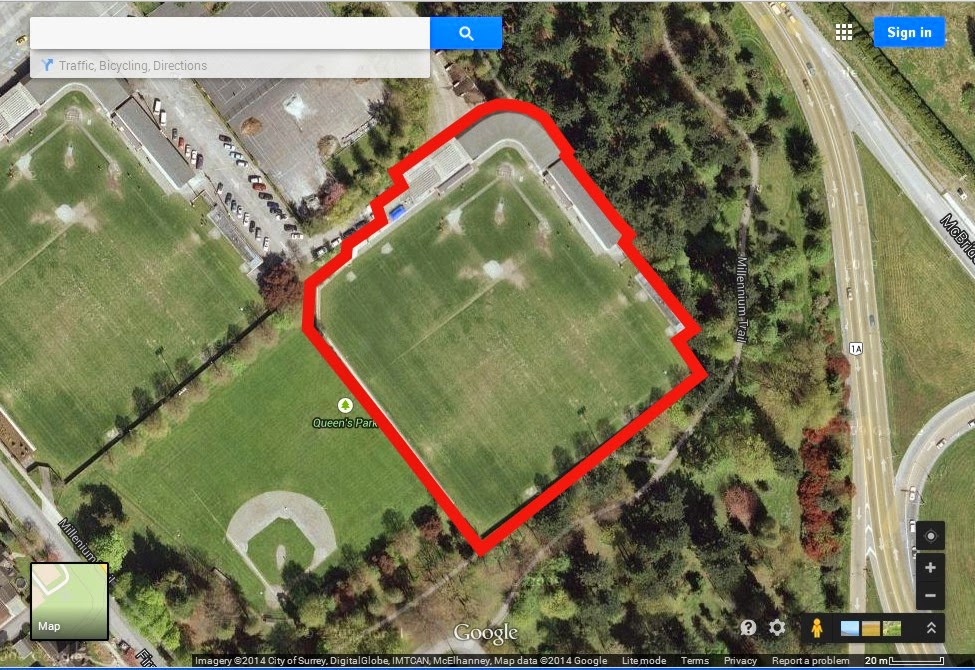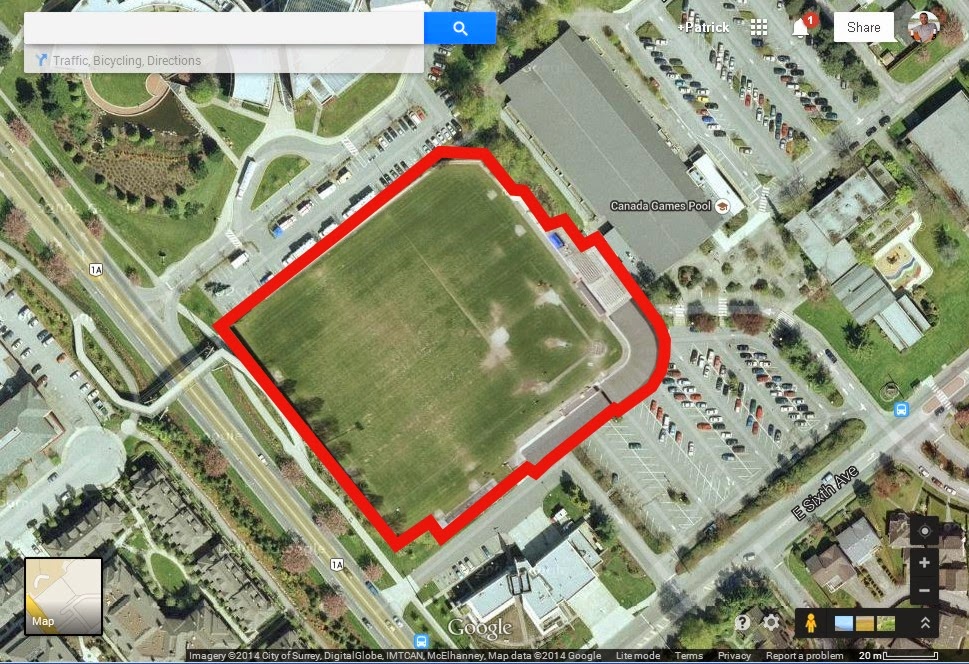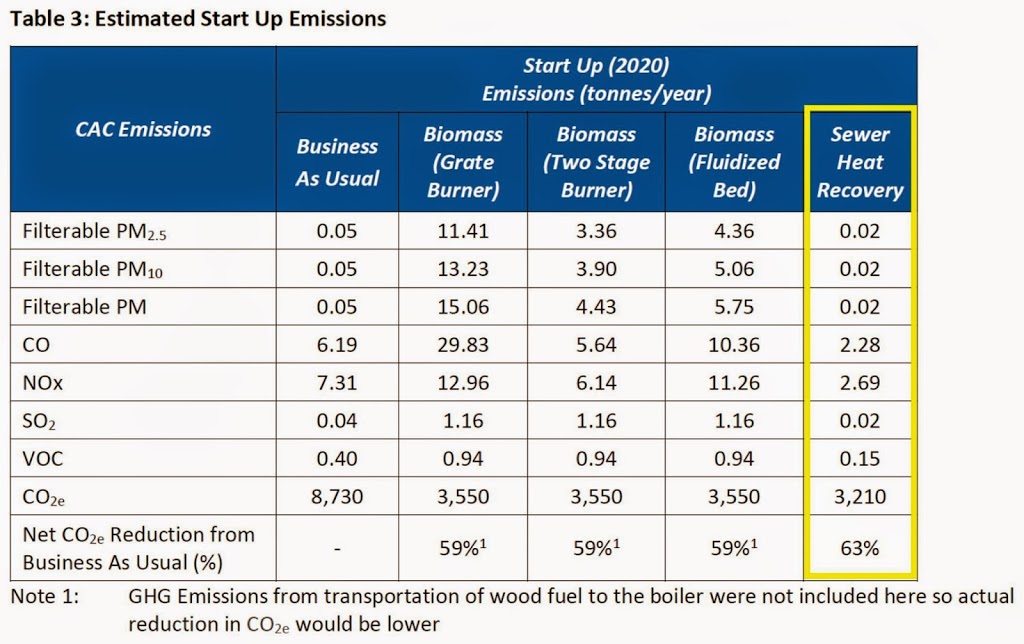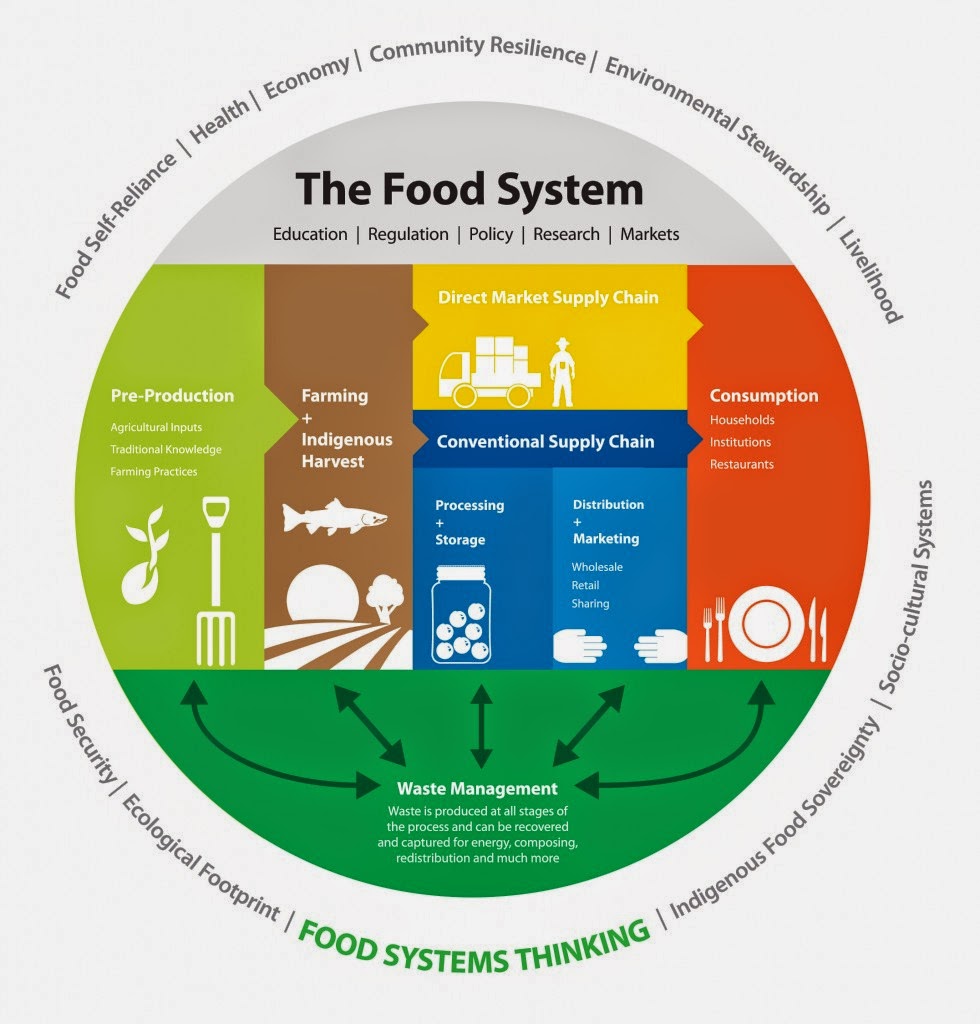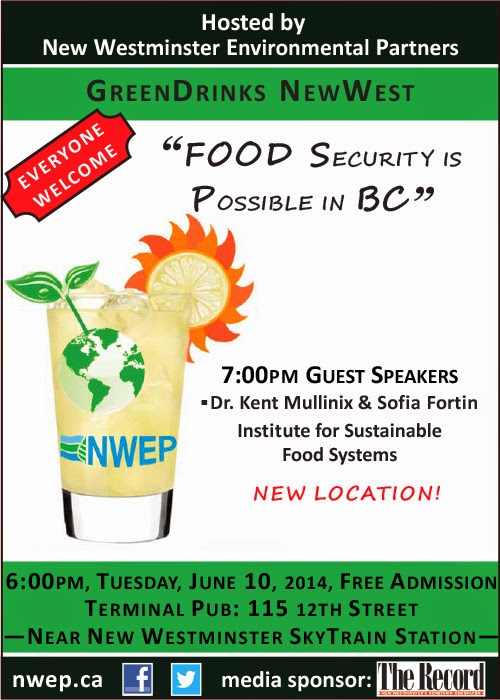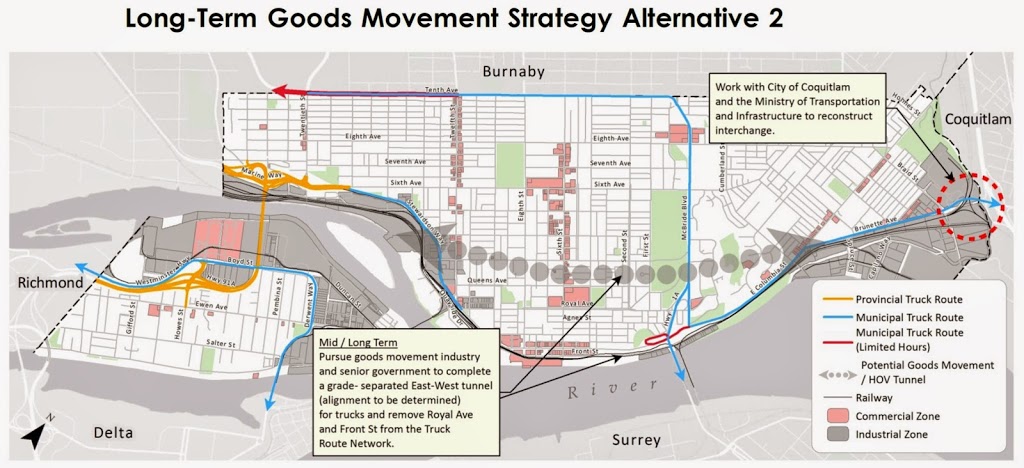It’s been a while since I commented on the Whitecaps proposal for New Westminster – not that everyone isn’t asking. For reasons that should be painfully obvious by now, I have been knocking on doors over the last several weeks, asking people about their issues, concerns, gripes and kudos about the City.
Actually, outside of two neighbourhoods, the topic has rarely come up. However, in Queens Park and Glenbrook North, pretty much every second person raises the topic. If I was to summarize the reaction (acknowledging there is nothing at all scientific about my survey techniques), I would say there is a slight majority of people in favour of the project, but that wider support also seems shallower (in that people say “It looks like a good idea, and it would be pretty cool, if they can work out the issue of…”). Where the opposition may not be quite as wide, but it definitely makes up for it in depth (those who are opposed are really opposed, and have a variety of reasons).
When asked my opinion, I have to give the honest, but completely unsatisfying, answer: I just don’t know! There is still so little information available on the project, that I hate to approve or oppose it out of hand. To quote a friend of mine quoting a friend of his in a ranting Facebook post last week (copyright attribution avoided to protect the possibly innocent):
“I am getting so MAD at the stupidity surrounding the Whitecaps USL team proposal. There are so many lies going around about how Queen’s Park will be paved over for parking, Youth teams will suffer BLAH BLAH BLAH. Where are these people getting their info from? Stop the freakin’ fear mongering people WTF. It’s 14 freaking games on an afternoon, there is a turf field already in the City’s capital plans, the City will make money off of sponsorship, concession stands, they will move to baseball team to another site (right beside it!) and guess what our local restaurants and businesses will make more money. AND they are asking the Whitecaps to pony up for a freakin’ shuttle buses to and from the sky train. STOP spreading and engaging in stupid lies about how this will ruin new west. Gah. End Rant.”
The way I see it, more than half the problem here is a lack of clarity on what is being proposed. I have been to the early Open House, I have followed the battling petitions online, the Twitter accounts for and against, read the Facebook pages for and against, read the Whitecaps half-page ad, attended two City council meetings, one where 21 people spoke unanimously against the proposal, one where 21 People spoke in favour of the project and 12 more people spoke in opposition, yet I still feel like I have no idea if this is a good or bad deal for the City.
Most of the actual data I have been seen (100 trees cut down, field available all but 14 days a year for public use, $20 Million cost with a 5-year lease agreement) are speculative, and have not come from the only two parties who would actually know- the City and the Whitecaps.
As a member of the public was challenged on the veracity of her financial information at Council on August 25th, she said: “when there is no good information provided, that void is filled with speculation. When speculation is the only information we have, what else are we to believe?”
Lack of information is the problem, information is the answer. Until I have that information, I can’t provide a position. That said, I can say some definitive things about how I would make this decision:
- I would not support building a stadium with public money on public land for the exclusive use of the Whitecaps, or any private enterprise. Any new facility in Queens Park will be a community facility, with clearly defined limits to how the Whitecaps use it. As a growing City, we cannot afford to lose public spaces, so any facility that may be built must be available for other community use when the lessee is not utilizing it. The conditions of that use will be part of the financial arrangement;
- I would not allow New Westminster Baseball to go homeless. The club is important to our community, and clearly has a strong support base and traditions. We must assure they have a home appropriate for their needs, regardless of whether this proposal moves forward;
- I will not support adding more paved parking areas to Queens Park. The City has limited green and public space, and parking cars is not an appropriate use for it;
- I would not agree to an arrangement where the financial costs to the City will outweigh the demonstrated benefits to the community. Those costs must include the ancillary costs we will need to budget for managing the various disruptions this project may bring to the Queens Park neighbourhood, and the benefits must include the opportunity for savings in acquiring a new public amenity, and the benefits to our broader business and social communities across the City.
Actually, at yesterday’s meeting, Council members said various versions of the above, and that did not satisfy some of the more outspoken members of the audience (especially those in opposition). If you care about this issue, it is really worth your time to skip ahead to the part on the archived video of yesterday’s meeting and see what the Council Members actually said, for the first time on the record, about this project:
The link is here, select the Regular Council Meeting for September 8, 2014, and scroll to 2:45:30.
What I heard was a healthy skepticism on the part of Council. I noted during the earlier delegations that the most firmly-directed questions Council members had were reserved for those people in favour of the project. (paraphrased example: “When you say you would support this project as long as it is a financially responsible one for the City, what criteria would you use to define the financial responsibility of it?”). I don’t get a sense that Council is sold on this idea yet. Which should make next week’s meeting interesting.
There will be vocal criticism of the decision no matter which way it is made: just look at the archived video of the last two council meetings. Politically, this may be lose-lose. However, building trust in the process through communication is one way a divisive issue like this can bring us together as a community, even while we fill in our opposing petitions.

